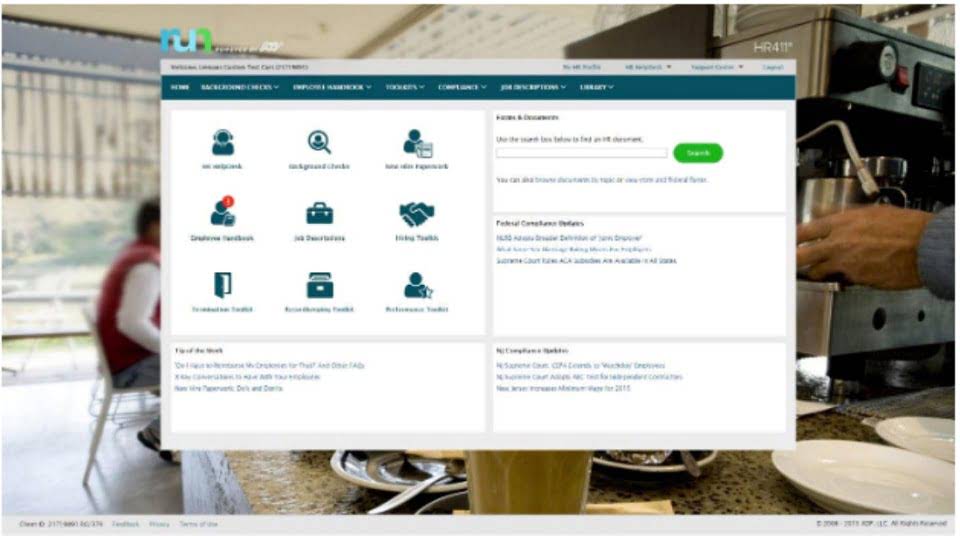Recording Stock and Endowment Memorial Donations With Unrealized Gains

FASB has recently released new guidance on how to determine whether a transaction is a contribution or an exchange. The authors explain how the new guidance works and provide examples of how nonprofits should apply it when recognizing revenue from these transactions. This article provides an overview of contribution accounting, including types of donations, recording and recognition procedures, tax implications, internal controls, and best practices. Effective contribution accounting aids in compliance with legal and regulatory requirements. Nonprofits must adhere to specific guidelines when reporting donations, and accurate accounting practices help avoid potential legal issues.
How to put your nonprofit’s existing cash to work, so it grows instead of shrinks
- Contributed tangible property worth accepting generally possesses the common characteristic of all assets—future economic benefit or service potential.
- If you have specific questions or need additional resources and help, reach out to one of our non-profit experts.
- After all, stock gifts are typically much larger than cash gifts (the average stock gift is worth $5,000!), and research shows that organizations that focus on non-cash gifts grow six times faster.
- Our Chart of Accounts Grand Tour travels through in-kind donation income accounts today.
And as always, consultation with professional advisors should be part of the process. As soon as a stock donation is received, it becomes one of your nonprofit’s assets. You should record this in your records immediately, or at a minimum once per month. In that same spreadsheet you established earlier, the value of the stock on the date of receipt becomes the donation amount. You’ll also want to establish a formal investment policy, since you may not want to accept all types https://www.bookstime.com/articles/contribution-margin-ratio of stock donations.

Impact on Financial Statements

For example, if a non-profit receives a donated vehicle valued at $20,000, nonprofit accounting for stock donations the journal entry would include a $20,000 debit to the vehicles account. A corresponding credit is made to a contribution revenue account to acknowledge the inflow of resources. First and foremost, the benefits and tax savings of donating stock frequently encourage donors to give what would be considered major gifts, perhaps for the first time.
Donation Management: Essential Accounting Practices for Nonprofits

In-kind donations are any non-cash gift of goods or services that your organization receives from donors. If you want to donate stock to charity or transfer it to a donor-advised fund, you’ll want Certified Public Accountant to move quickly. Many brokerages get slammed with transactions at the end of the year, and you won’t want any risk of missing out on tax benefits due to yours being completed after Dec. 31.

Nonprofits should not recognize donated goods and property if the goods are not in a usable condition, the goods are for the benefit or another organization, or the value of goods is difficult to determine. It is best practice to have a written gift acceptance policy that documents the kinds of gifts the organization accepts, how they are valued, and how they will be handled (used in programs, sold, etc.). If you received 10 types of canned beans from two different brands, it’s acceptable to pick one brand and one type of canned bean and account for the total donation with that value. Fair market value is the price you’d pay on the open market if you had to purchase the item or service instead of having it donated.
Recording In-Kind Donations of Services:
However, you can ask the donors to fill out a Stock Donation Form, which will provide them with all the information needed. If the donors do not want to go through the form, you can ask them to provide the info on call. In accordance with generally accepted accounting principles (GAAP), a contribution should be recorded at the fair value of the stock on the date received. Todd is a senior accounting professional with over 15 years of expertise in the non-profit and government sectors.
What Nonprofits Need to Know About In-Kind Contributions

Donations should be recognized in the financial statements in the period they are received or when the pledge becomes unconditional. Donations are recognized when they are received or unconditionally pledged, and when they meet the criteria set by accounting standards such as FASB or GAAP. Solutions involve using detailed documentation, clear policies, and appropriate accounting software. Grants and restricted funds are contributions provided with specific conditions or limitations on their use, often requiring separate tracking and reporting. “By the time you sell the stock and pay the taxes, you’re losing 25% to 35% of the value,” says Kelly Elsensohn, a wealth advisor and certified public accountant (CPA) at WealthSource, a national wealth management firm.
June Landry, Partner, Chief Marketing Officer
Additional disclosures are required about the intended use of the donated items and services (generally they are used in the organizations operations and programs). You also will need to disclose if there are any donor-imposed restrictions on the donated items. An example of this would be if a donor gave a piece of artwork and stipulates it can’t be sold but could be donated to another nonprofit.

